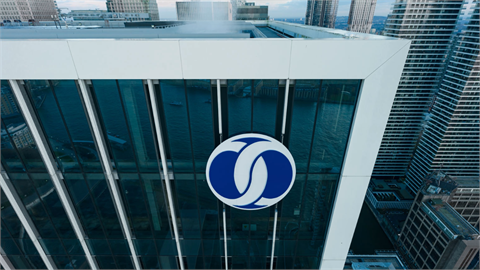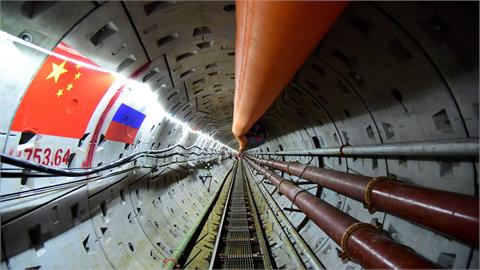Saudi Aramco has recently announced the
company’s plan to change its pricing formula that was used for long-term
crude oil sales, which will come into effect as of October 2018.
Platts, a specialist energy information provider, has assessed the official crude oil selling price since the 1980’s by using an equally weighted average price of Oman and Dubai prices. The new formula, however, will be based on the average monthly prices of Oman crude futures contracts, known as the Dubai Mercantile Exchange (DME), and will be assessed by S&P Global Platts.
Although Saudi Aramco’s announcement was regarded as a shock, company officials stated they considered switching the benchmark for many years. The new benchmark of choice is important because of its chosen formula, which attempts to set the best possible pricing level while still remaining competitive for its customers. The older benchmark in Platts recorded almost no trading both in 2017 and 2018, however, in comparison, the DME was used in trade for over 3,200 contracts this year alone.
Currently,
Saudi Aramco has chosen to conduct half of its trade with DME while the
remaining trade will continue with the older benchmark. Once the
traditionalists in Saudi Aramco are satisfied with the new benchmark,
the company will shift its pricing mechanism completely to the new one.
DME is a joint venture of a number of big banks, oil companies and
investment funding –namely the CME Group, Dubai Holding and the Oman
investment fund.
As the most
liquid and physically deliverable futures contracts of the Middle East’s
crude oil, DME would not only help Saudi Aramco achieve more
flexibility in its contracts to hedge as a derivative instrument but
also allow the company pliancy by providing more liquidity in futures
trading.
The strong correlation
between the Brent benchmark and the DME pricing mechanism is one of the
main reasons for switching to the DME, which allows easier and efficient
management of high liquidity. Secondly, the pricing mechanism is not
subject to destination restrictions and its physical liquidity is
relatively higher compared to any other available options.
The
fact that monthly physical delivery volumes, which exceeded 30 million
barrels in the region, have been achieved using DME paves the way for
deliveries of future contracts with large volumes using DME as the
primary price mechanism.
The two
scenarios in which DME can further make inroads is firstly through Saudi
Aramco’s decision to completely orchestrate contracts using DME, a move
that would further strengthen the link between Brent and DME. Once
Asian refineries find that DME contracts are an easier option to manage
their risk, it will be much easier for Aramco to increase its DME share
from 50 percent.
In the second
scenario, if the DME cannot create the expected liquidity, hedgers would
be put in a predicament and would retreat from further investing in
DME-related contracts. In this case, DME, as a newly created instrument,
would not be able to attract enough interest from Asian oil importers,
and this, in turn, would eventually force Saudi Aramco to revert to
using its old pricing mechanism.
Although
it is still uncertain whether other Middle Eastern oil producer
countries would follow Saudi Aramco in switching their pricing
benchmarks, there is a strong sense that oil-producing countries like
Kuwait, Iraq and Iran, which set their official sales price by closely
watching Saudi Aramco, could well follow suit. They could gradually use
DME for their crude sales to the Asian oil market making the transition
towards the new benchmark swifter than expected.
The
U.S. shale boom, which has generated self-sufficiency in the U.S.,
along with declining oil demand in Europe, has forced Middle Eastern oil
producers to seek alternative markets where they can offload their
excessive supply. Consequently, the Asian oil market has become the main
target for Middle Eastern oil producers where they can potentially
continue to expand their global oil market share.
Other
Middle Eastern producers are highly likely to follow the decision of
Saudi Aramco to switch to a new benchmark in the years ahead. Once other
players all switch to the new pricing mechanism, undoubtedly Saudi
Aramco’s position in the Asian oil market will strengthen. The
structural transformation and greater interdependency in the Middle East
and in the Asian oil market could mean that more radical changes are in
the pipeline. And, above all, once the DME is established and other key
oil-producing countries and Asian oil importers accept it, Middle
Eastern producers will have achieved the founding of its first
regional-based benchmark.
by Ersin Merdan -The Writer holds an MSc in Eurasian Political Economy & Energy from
King’s College London and also an MA in European Studies from Sabancı
University.
- Opinions expressed in this piece are the author’s own and do not necessarily reflect Anadolu Agency's editorial policy.
(Anadolu Agency)



